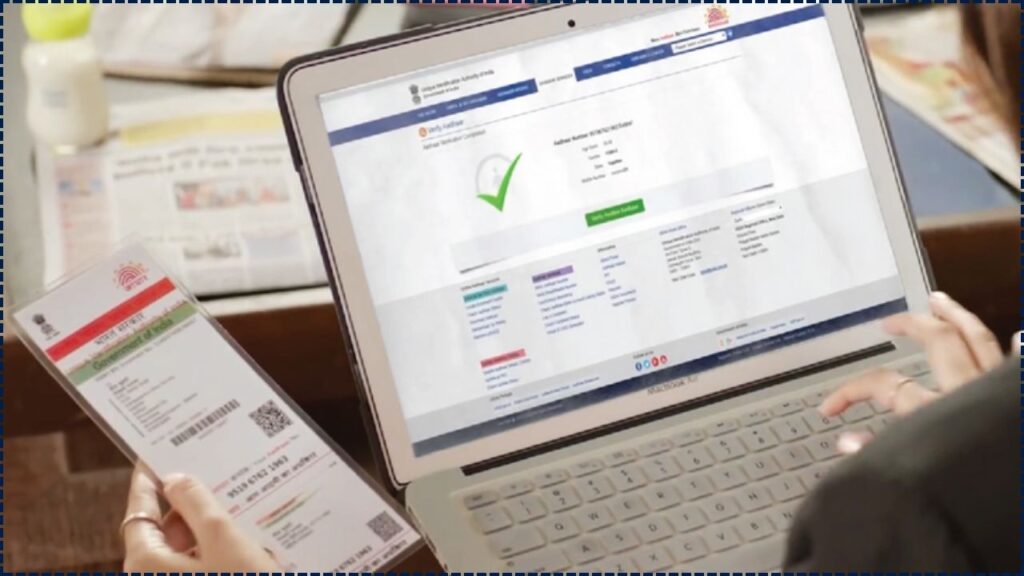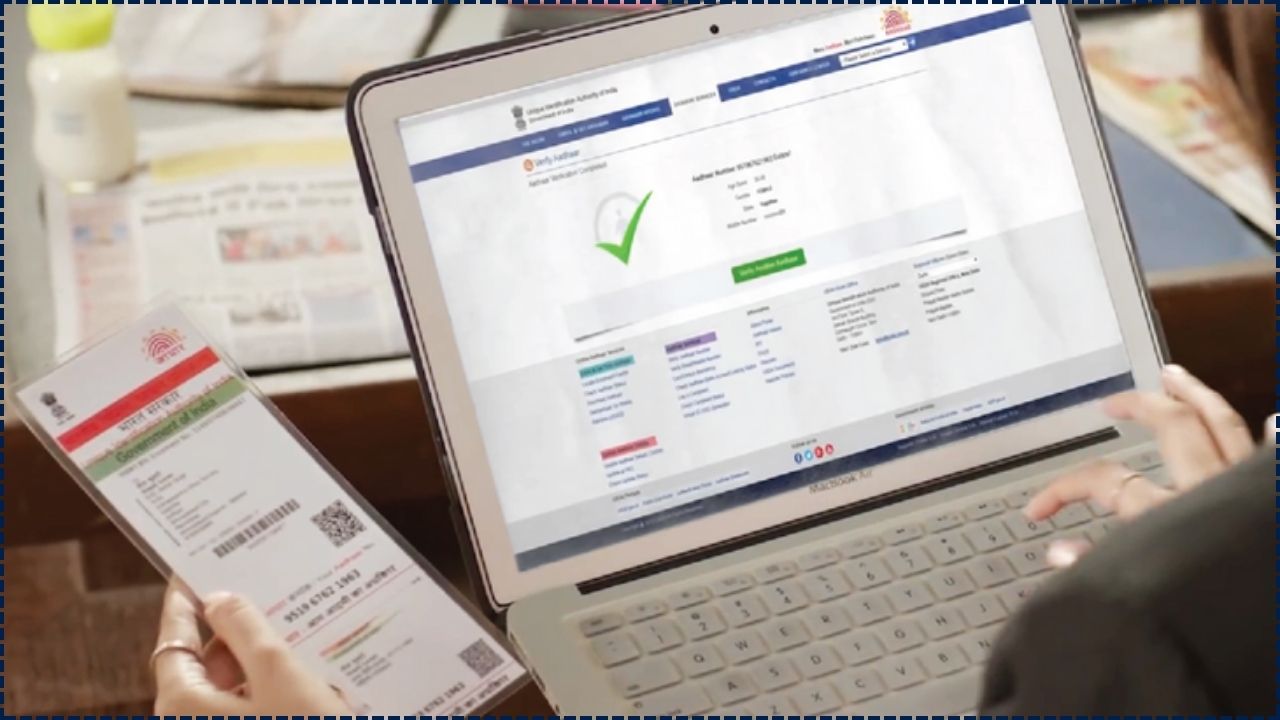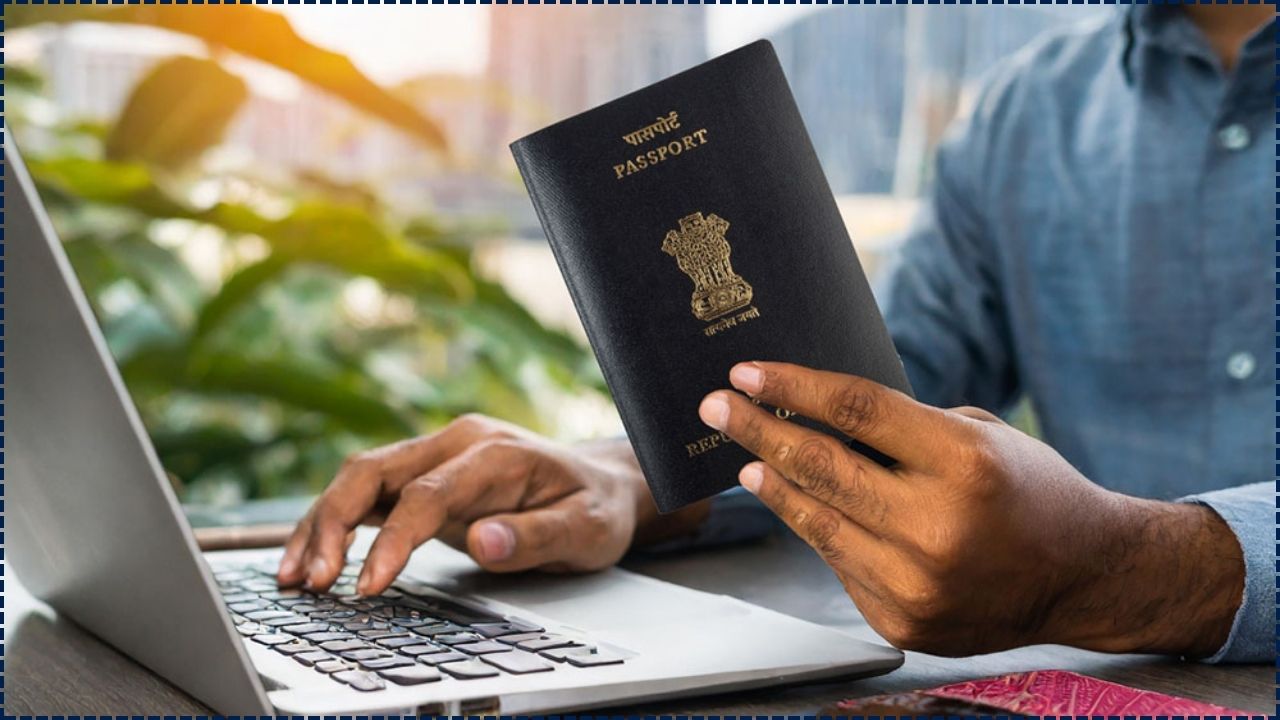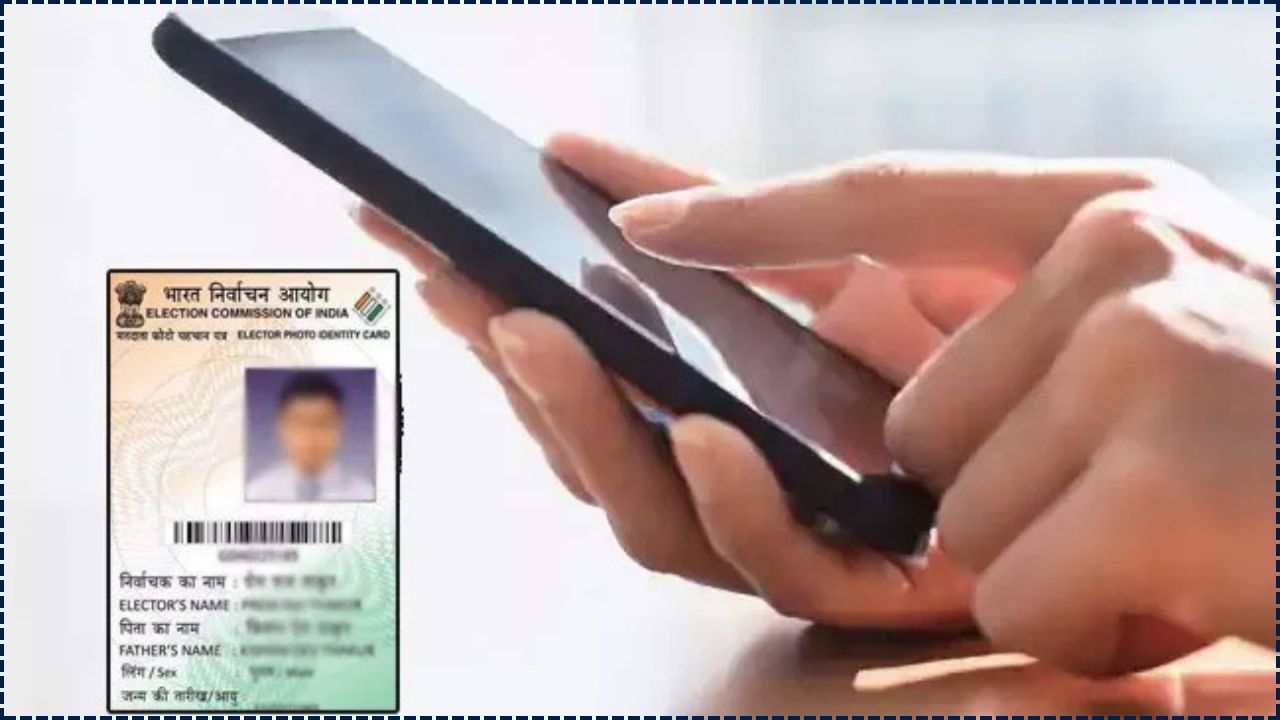The Aadhaar update history service, offered by UIDAI, embodies India’s compassionate commitment to empowering every citizen, especially those from marginalized and underserved communities, by providing quick, secure, and transparent access to their identity modification records, fostering trust and dignity in managing personal information. By enabling downloads in seconds, this service strengthens digital governance, allowing individuals to oversee their Aadhaar-linked data with confidence and ease, ensuring seamless access to essential services.

This transformative initiative unites citizens, authorities, and communities in a shared mission to create an inclusive, equitable digital ecosystem that upholds every individual’s right to privacy and opportunity, nurturing hope for a connected, empowered future across India.
Indian citizens can now download their Aadhaar update history online in a matter of seconds through the official portal of the Unique Identification Authority of India (UIDAI). The service, designed to enhance transparency and convenience, provides individuals with a secure record of all changes made to their Aadhaar information.
What Is Aadhaar Update History?
The Aadhaar update history is a digital log maintained by UIDAI. It records every official modification to an individual’s Aadhaar profile, including changes to name, address, date of birth, gender, mobile number, or email.
According to UIDAI, the feature is intended to provide citizens with “an authentic record of all demographic updates associated with their Aadhaar number.” Experts note that such documentation can be critical in cases of verification disputes or when institutions require proof of earlier changes.
Process to Access Aadhaar Update History
Visit UIDAI’s Official Website
Citizens must log on to UIDAI’s website and navigate to the “My Aadhaar” section, where the “Aadhaar Update History” option is available.
Enter Aadhaar Number or Virtual ID
Users can enter their 12-digit Aadhaar number or a Virtual ID (VID). They must also complete a captcha for verification.
Authenticate via OTP or TOTP
Authentication is mandatory. An OTP (One-Time Password) is sent to the registered mobile number, or a TOTP (Time-Based One-Time Password) may be generated using the mAadhaar mobile application.
View and Download Update History
Once authenticated, the portal displays a chronological record of all updates, including the Update Request Number (URN), the type of change, and the date of modification. Users can download or print the information directly through their browser’s print or save-as-PDF function.
Related Links
How to Verify Property Documents Online Using State Portals
Applying for a Marriage Certificate Online: Step-by-Step Guide
Why the Service Matters
The service represents a step towards greater administrative transparency. By giving individuals direct access to their update records, UIDAI aims to reduce disputes, streamline verification processes, and empower citizens with control over their identity information.
Anil Kumar, a data governance specialist at the National Institute of Public Finance and Policy (NIPFP), explained that “digital records like Aadhaar update history reduce dependence on physical documents and provide a verifiable trail of identity changes.”
Financial institutions, telecom companies, and government departments often require historical verification. Experts say that the ability to generate this history instantly helps minimise delays.
Security and Limitations
UIDAI emphasises that only individuals with a registered mobile number linked to Aadhaar can access the update history. This measure ensures security but may exclude those who have not updated their mobile details.
Privacy advocates underline the importance of handling downloaded records carefully. “Citizens should store these digital files securely, as they contain sensitive personal information,” said Poonam Reddy, a cyber law expert at the Indian Institute of Technology (IIT) Hyderabad.
















